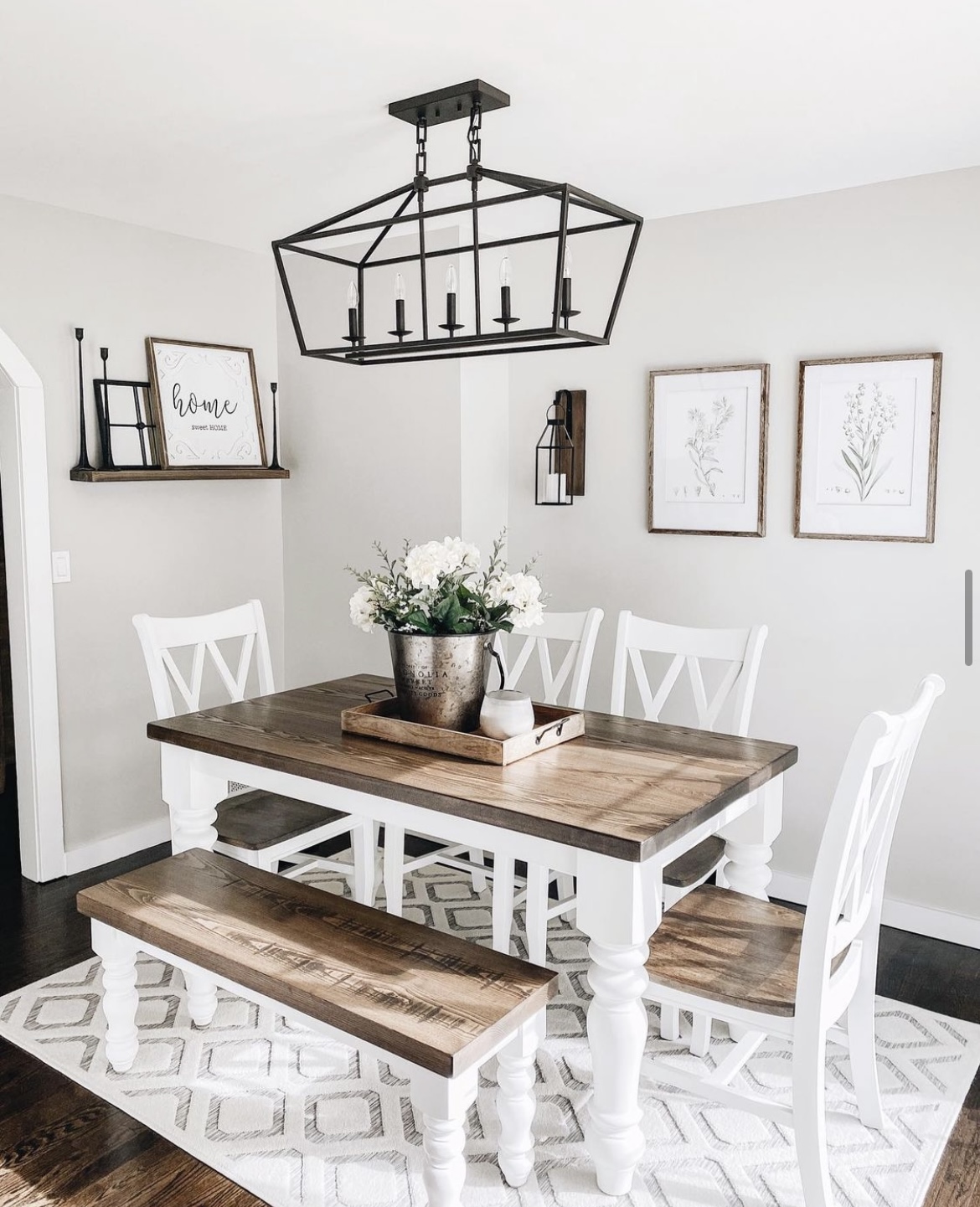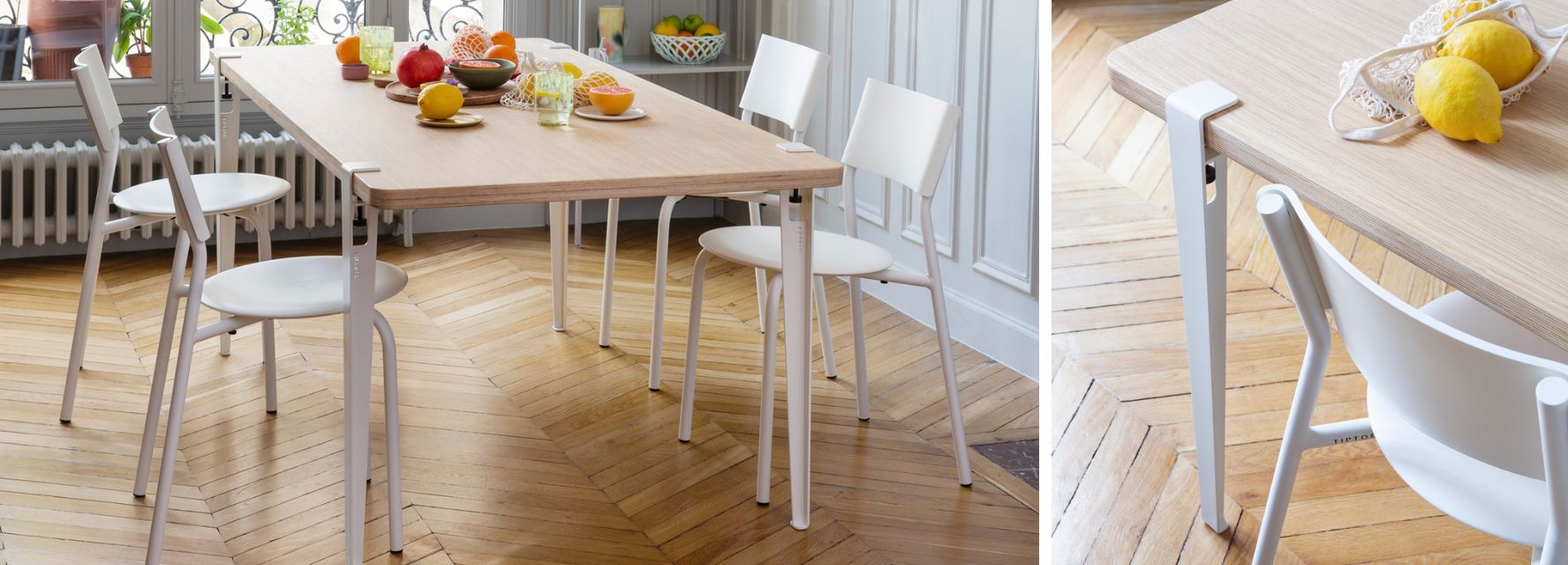The Top Trends in Dining Room Table Legs You Need to Know
The Top Trends in Dining Room Table Legs You Need to Know
Blog Article
Specialist Tips for Installing Dining-room Table Legs for Maximum Security
When it comes to mounting dining area table legs, accomplishing optimum stability is critical for both functionality and looks. The process begins with picking the ideal materials and equipment, followed by thorough positioning and consideration of weight distribution. Each action plays an essential function in ensuring that the finished product stands up to everyday usage without jeopardizing safety and security or design honesty. Comprehending the nuances of these components can dramatically influence the general end result. What specific strategies can boost stability also further?
Select the Right Legs
When choosing the suitable legs for your dining-room table, it is important to consider both capability and aesthetics. The legs you select will significantly impact the total layout and security of the table. Initially, evaluate the table's planned usage; if you anticipate frequent events, tougher legs, such as those made from solid timber or metal, might be better, as they supply boosted resilience and support.
Conventional eating tables generally range from 28 to 30 inches in height, so make sure the legs straighten with this standard for convenience. Tapered legs can add a contemporary touch, while transformed legs may share a more traditional visual.

Select Appropriate Hardware
How can the right equipment improve the stability and longevity of your dining-room table? The choice of suitable hardware is vital to ensuring that the legs of your table are safely affixed and able to hold up against normal use. High-grade screws, screws, and brackets give the essential strength to sustain the weight of the table, along with any type of added loads placed upon it during meals or gatherings.
When selecting screws, select those made from durable products such as stainless steel or brass, which withstand deterioration and maintain honesty with time. The length of the screws is just as crucial; they ought to pass through deeply right into the table's framework without jeopardizing honesty. For bolted connections, think about using lock washers to avoid loosening because of vibration or motion.
Additionally, using edge brackets can add added support, specifically for bigger tables or those with much heavier tops. These brackets disperse weight evenly and help keep the table's shape. Making sure that the hardware you select is ideal for the specific materials of your table will certainly further improve its total security and long life, enabling you to appreciate your eating experience for years to find.
Ensure Correct Alignment
Appropriate placement of dining-room table legs is vital for both aesthetic appeal and practical stability. Misaligned legs can lead to an irregular table top, which may not only be aesthetically uninviting but likewise jeopardize the table's use. To attain optimum positioning, start by determining the range from the table's corners to the leg accessory points. This guarantees that each leg is located equidistant from the sides, producing a balanced look.
Make use of a level throughout setup to confirm that each leg is vertical to the tabletop. This action is important, as even minor inconsistencies can intensify into significant stability issues over time. It is recommended to mark the preferred leg placements on the bottom of websites the table with a pencil or covering up tape prior to securing them. This practice works as an aesthetic guide, enabling adjustments as needed.
Additionally, verify the positioning after the first screws are tightened, as changes may be needed prior to totally securing the hardware. By focusing on appropriate positioning, you not only enhance the table's total design but additionally guarantee that it stays functional and steady for many years ahead.

Think About Weight Circulation
After ensuring proper positioning of the dining area table legs, it is essential to take into consideration weight distribution to enhance stability and functionality. dining room table legs. Appropriate weight distribution is essential in protecting against making sure and wobbling that the table can support its desired tons without risk of tipping or falling down
When positioning the legs, ensure they are positioned at equal distances from the facility of the table to evenly distribute the weight across the framework. Consider the weight of the table top and any kind of items that will often hinge on it, such as tabletop devices or attractive pieces. Tables with much heavier surfaces should preferably have legs located closer to the corners, as this takes full advantage of the base of assistance and decreases the risk of instability.
Additionally, if the table is meant for use in a high-traffic area, consider utilizing much heavier products for the legs or adding stabilizing components, such as cross-bracing or a reduced shelf - dining room table legs. These changes can assist preserve equilibrium and prevent moving during usage. Eventually, Find Out More a well-considered weight distribution method will considerably enhance the table's overall efficiency, ensuring it continues to be a attractive and practical focal point for your dining space
Test Stability Prior To Usage
Testing the stability of the eating space table before use is a crucial step that must not be neglected. If the table reveals instability, determine the legs or joints that may call for modification.
Next, check that all fasteners and screws are tightened up effectively. Loosened links can cause instability and prospective damages in time. If necessary, make use of wood glue on joints to improve stability, ensuring to allow appropriate drying time.

Verdict
In conclusion, the setup of dining room table legs needs mindful consideration of materials, alignment, hardware, and weight distribution to achieve optimum security. By picking tough legs and high-quality bolts, making certain exact placement, and dispersing weight equally, the architectural honesty of the table can be dramatically improved. Carrying out a security examination prior to routine usage additionally guarantees that the table will certainly stand up to day-to-day pressures, therefore offering a dependable and risk-free eating experience.
When it comes to setting up dining room table legs, achieving optimum stability is vital for both performance and aesthetics. The legs you choose will significantly affect the total layout and stability of the table (dining room table legs). Basic eating tables generally vary from 28 to 30 inches in height, so make certain the legs align with this requirement for comfort.Appropriate alignment of eating area table legs is essential for both aesthetic appeal and functional stability.In verdict, the installment of eating room table legs calls for careful factor to consider of products, weight, positioning, click to read and hardware circulation to achieve maximum stability
Report this page